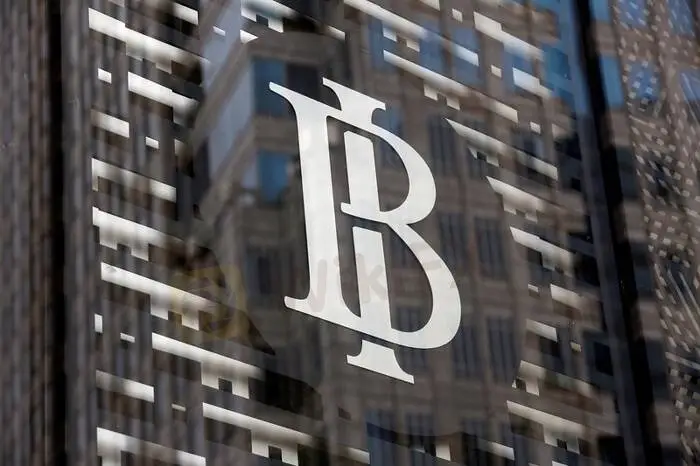简体中文
繁體中文
English
Pусский
日本語
ภาษาไทย
Tiếng Việt
Bahasa Indonesia
Español
हिन्दी
Filippiiniläinen
Français
Deutsch
Português
Türkçe
한국어
العربية
Indonesia sees first annual current account surplus in a decade
Abstract:Indonesia posted an $844 million deficit in its balance of payments in the final quarter of 2021, due to capital outflows from its bond market, the central bank said in a report on Friday.
Indonesia booked a current account surplus for the first time in a decade in 2021, data showed on Friday, but its balance of payments came under pressure in the final quarter due to bond market outflows and higher.
Bank Indonesia (BI) data showed Southeast Asia‘s largest economy recorded a $3.3 billion current account surplus last year, equivalent to 0.3% of gross domestic product, helped by a commodity price boom and strong demand from trade partners. It was Indonesia’s first surplus since 2011.
The 2021 balance of payments registered a $13.5 billion surplus.
Persistent current account deficits and reliance on foreign portfolio inflows have previously contributed to the volatility of the rupiah, but analysts say last years surplus should help steady the currency this year even as global liquidity tightens.
Signs of an acceleration in the U.S. Federal Reserves monetary tightening have already spurred outflows from the Indonesian bond market, squeezing capital and financial accounts in the fourth quarter, data showed.
The current account surplus narrowed to $1.42 billion, or 0.4% of GDP, in the fourth quarter, from a $4.97 billion surplus, or 1.7% of GDP, in the previous three months, on rising imports and freight costs.
The fourth quarter also saw a deficit of $844 million in the balance of payments, compared with the July to September periods $10.69 billion surplus.
JP Morgan analyst Sin Ben Ong said fourth-quarter bond outflows of $4.9 billion were the second largest in more than a decade, but he noted that net foreign exchange reserves “exhibited remarkable resilience”.
He said this would reduce BIs need to move its policy rate in lockstep with the Fed.
BIs latest outlook is for the current account to swing back to a deficit of between 1.1% to 1.9% of GDP in 2022, on moderating commodity prices and rising domestic demand as economic recovery from the COVID-19 pandemic strengthens.
Bank Mandiris analyst Faisal Rachman predicted a 2.15% current account deficit and limited portfolio inflows this year, and that the balance of payments will likely post a smaller surplus than in 2021.
(Additional reporting by Fransiska Nangoy; Editing by Ed Davies and Kanupriya Kapoor)

Disclaimer:
The views in this article only represent the author's personal views, and do not constitute investment advice on this platform. This platform does not guarantee the accuracy, completeness and timeliness of the information in the article, and will not be liable for any loss caused by the use of or reliance on the information in the article.
WikiFX Broker
Latest News
The Withdrawal Trap: How Scam Brokers Lure Victims into Paying More
FCA to Investors: Think Twice Before Trusting These Brokers
Trump\s tariffs: How could they affect the UK and your money
Trump gambles it all on global tariffs he\s wanted for decades
TradingView Brings Live Market Charts to Telegram Users with New Mini App
Trump tariffs: How will India navigate a world on the brink of a trade war?
Interactive Brokers Launches Forecast Contracts in Canada for Market Predictions
Authorities Alert: MAS Impersonation Scam Hits Singapore
Stocks fall again as Trump tariff jitters continue
IG Group Acquires Freetrade for £160M to Expand UK Investment Market
Currency Calculator







